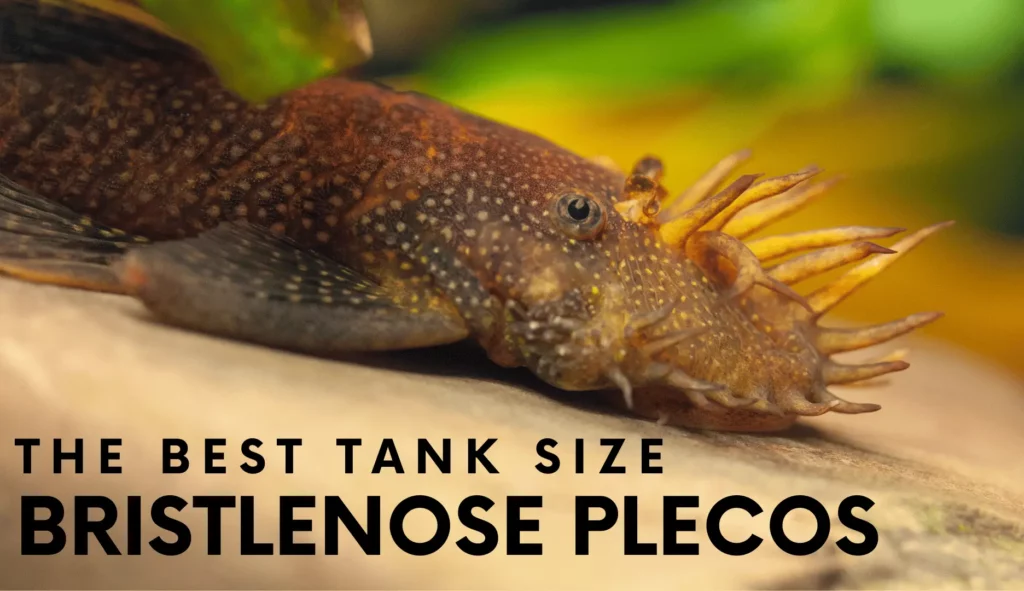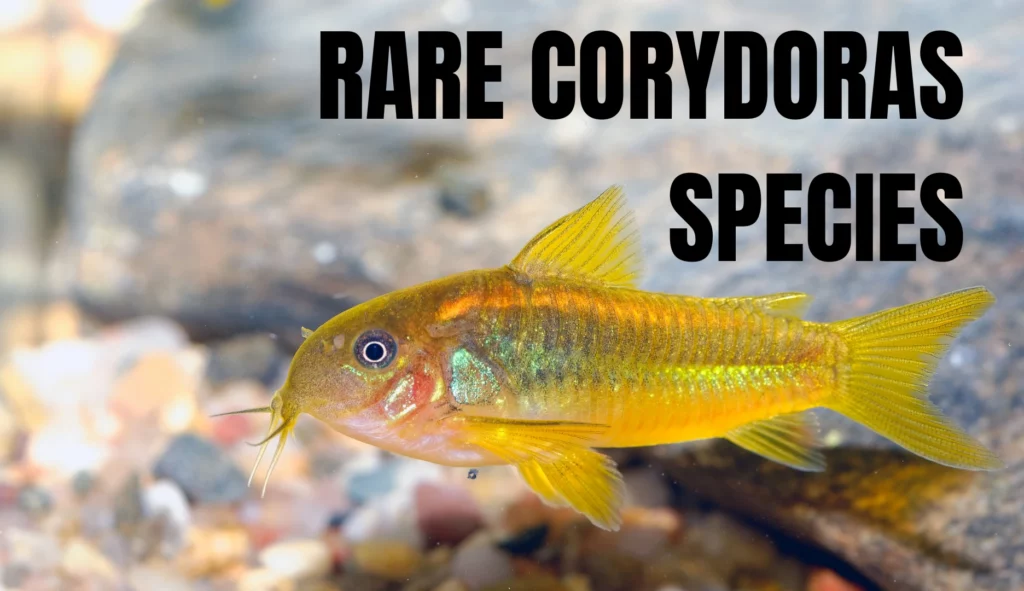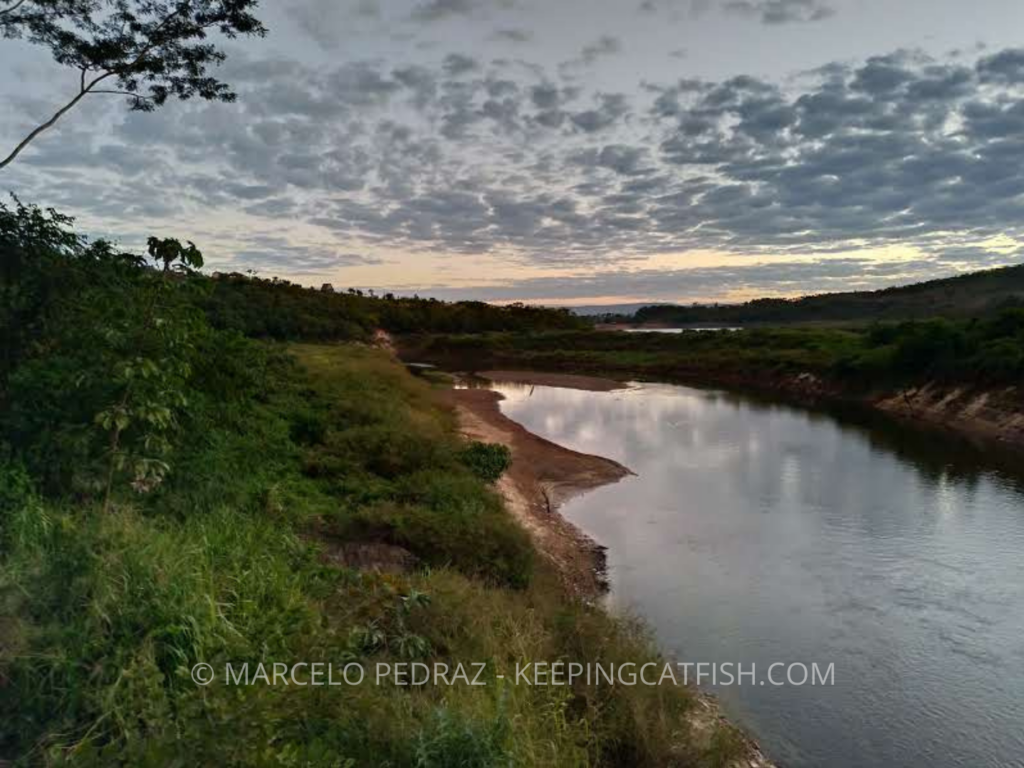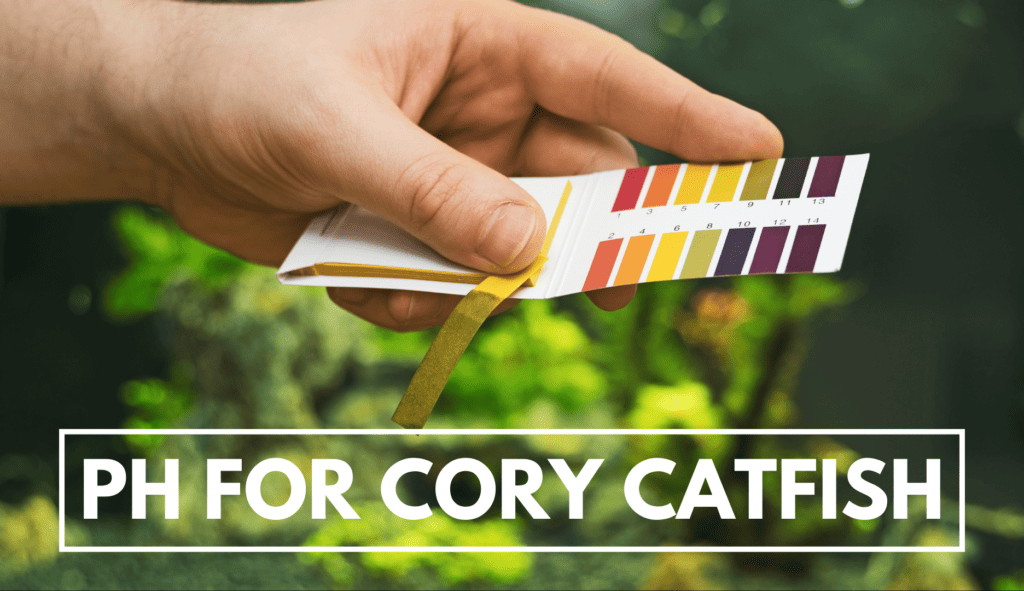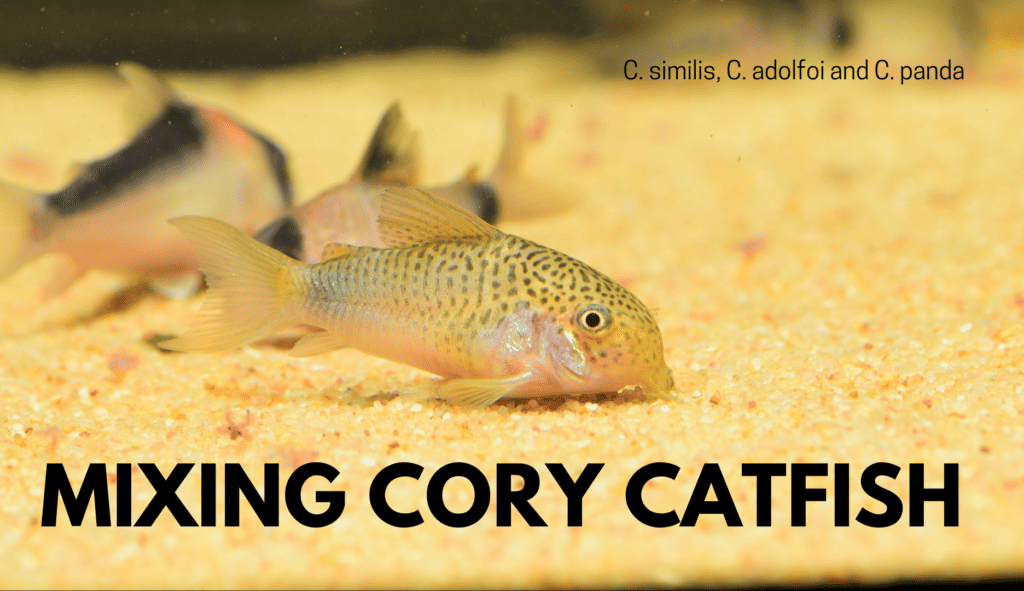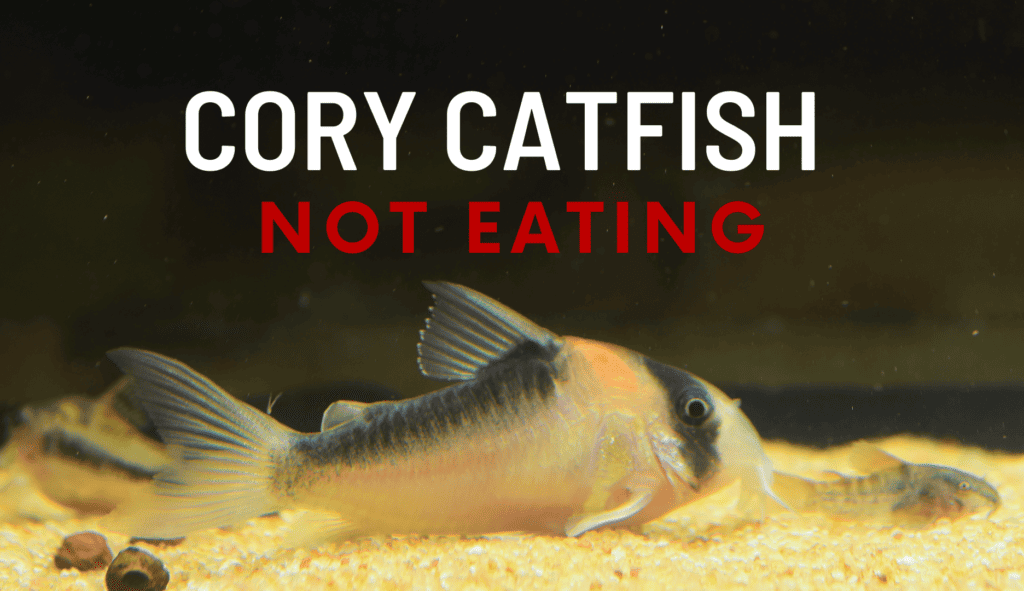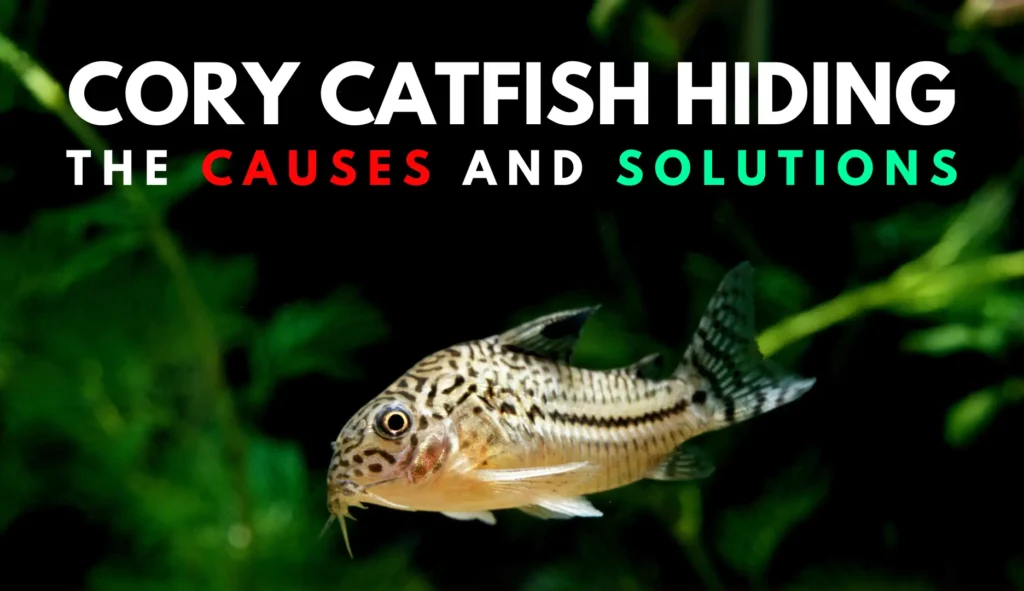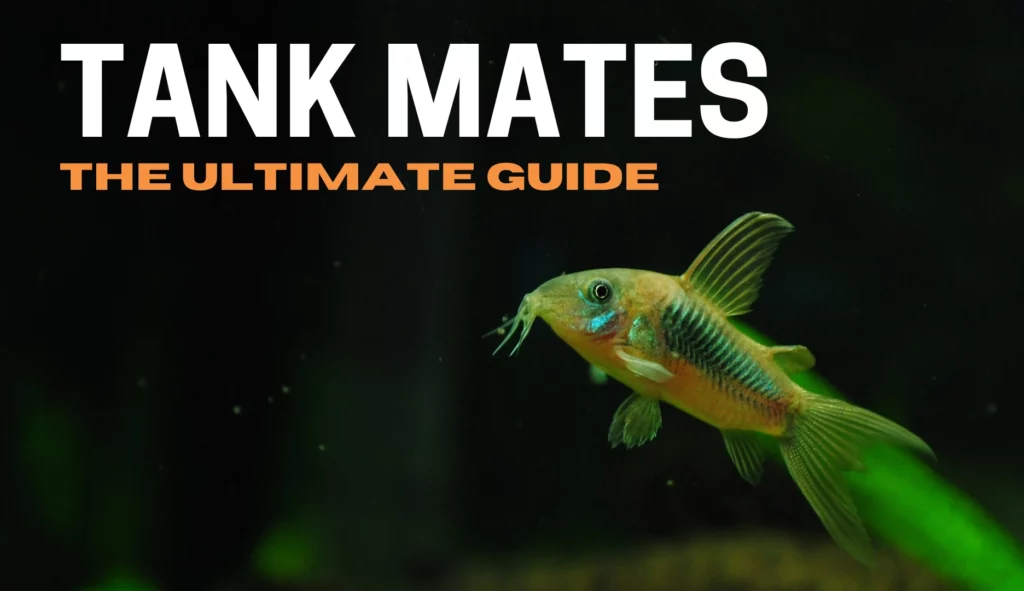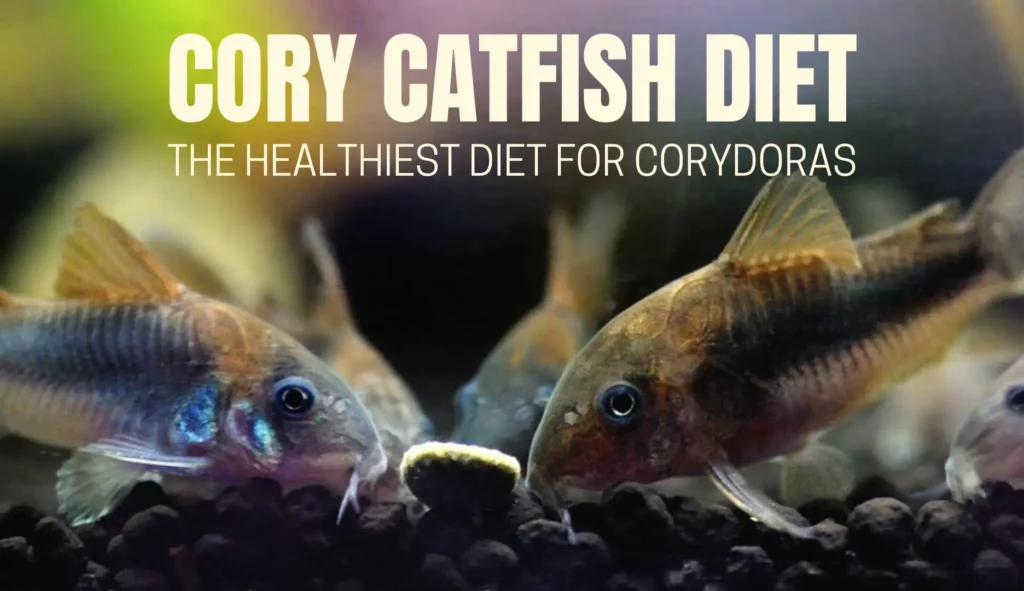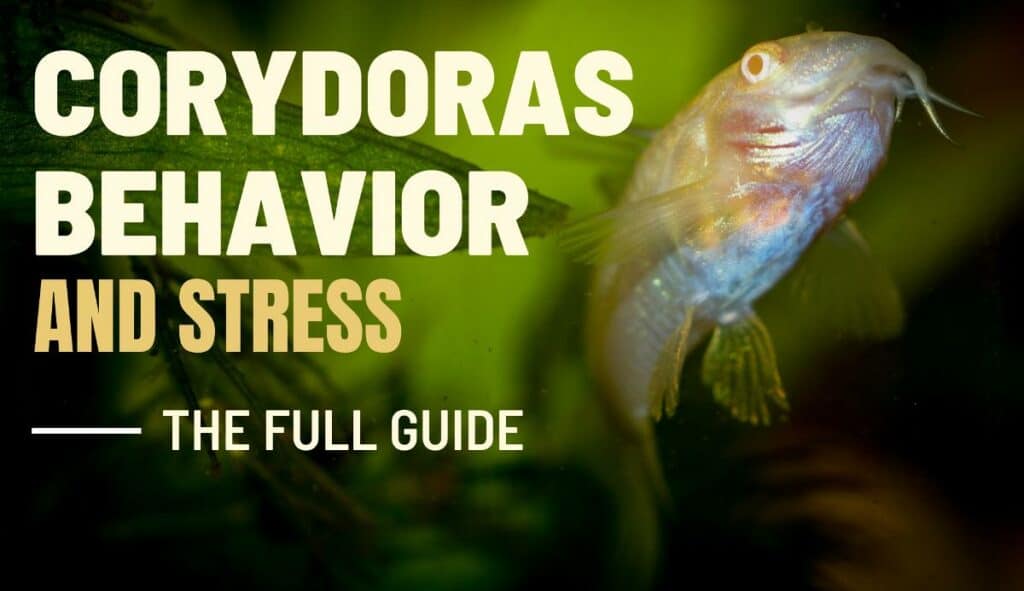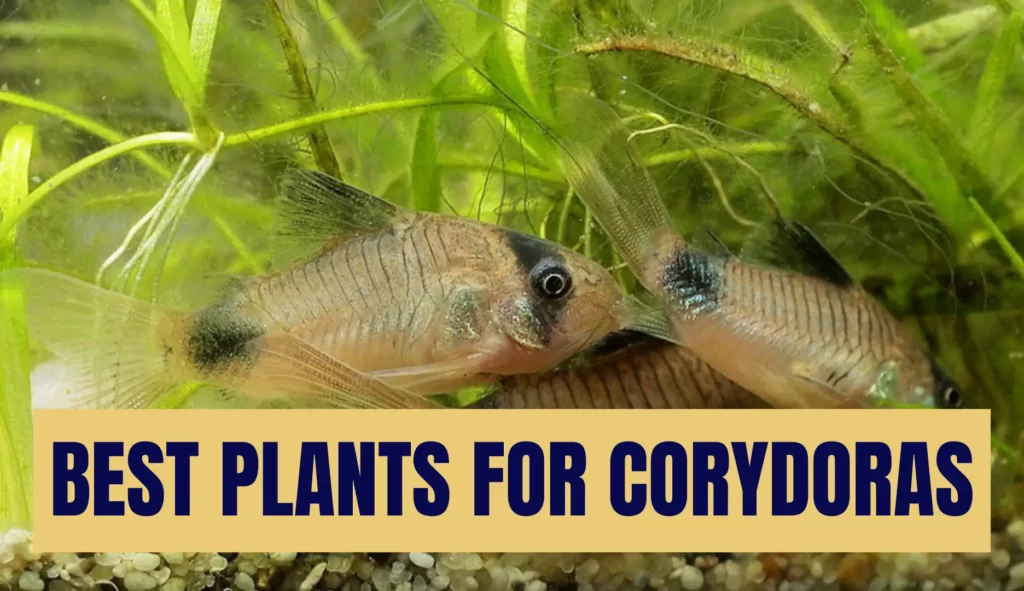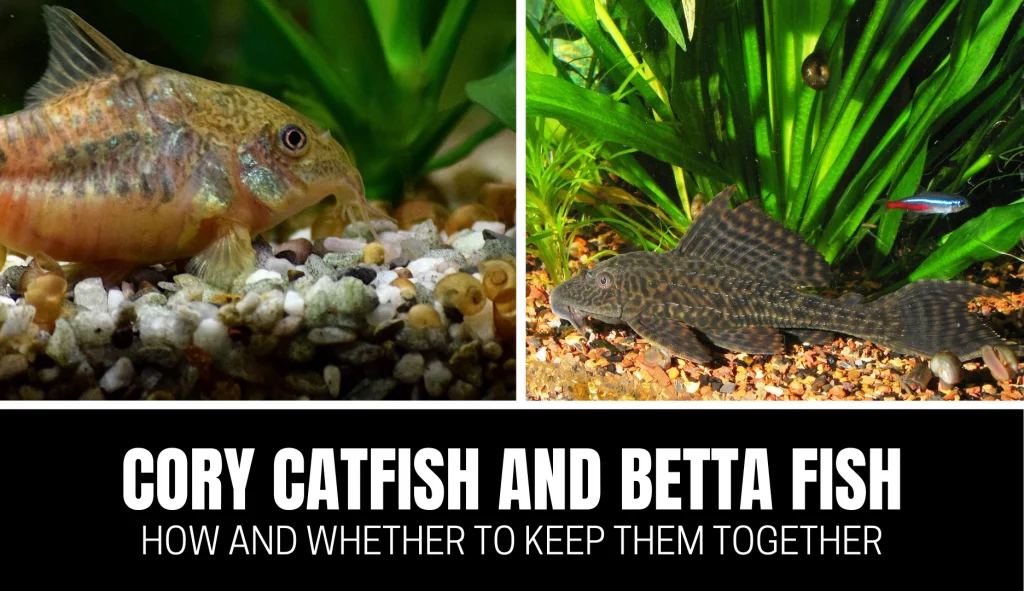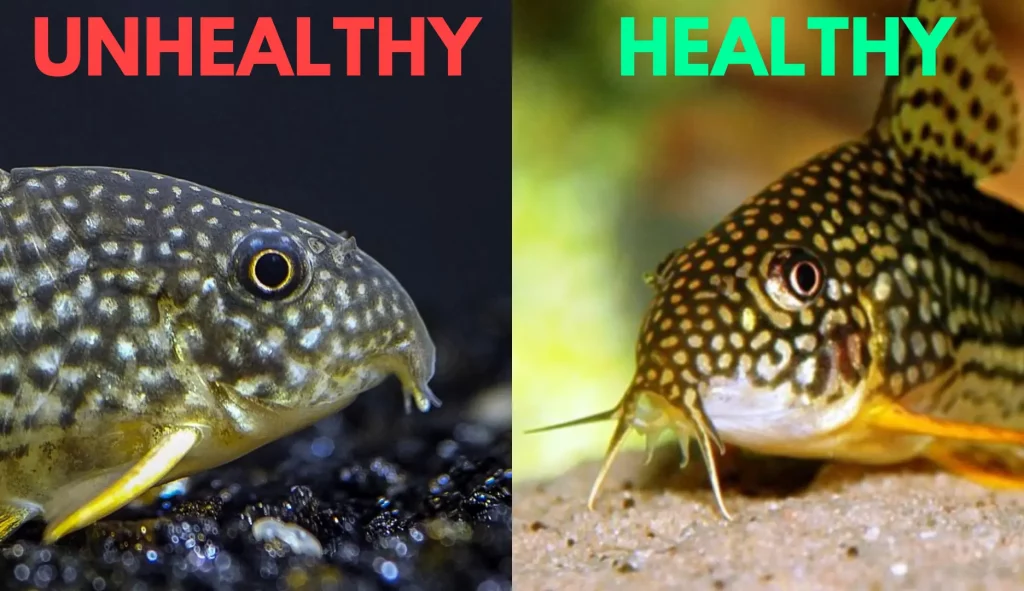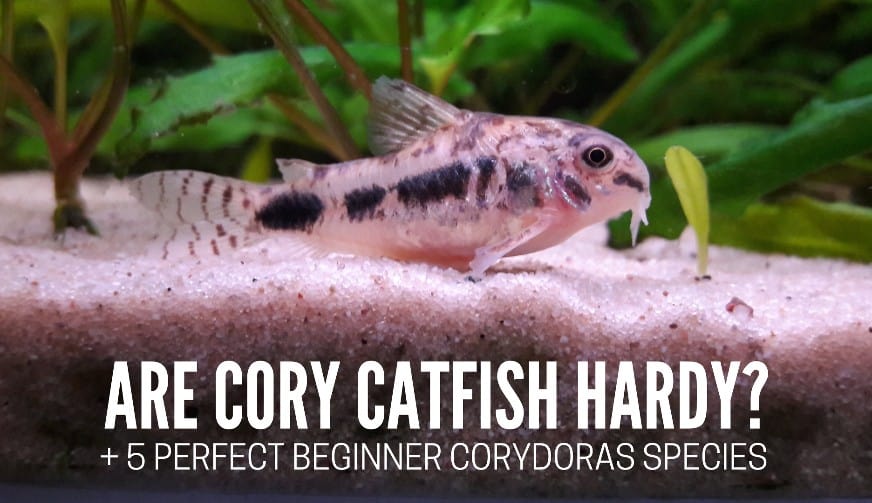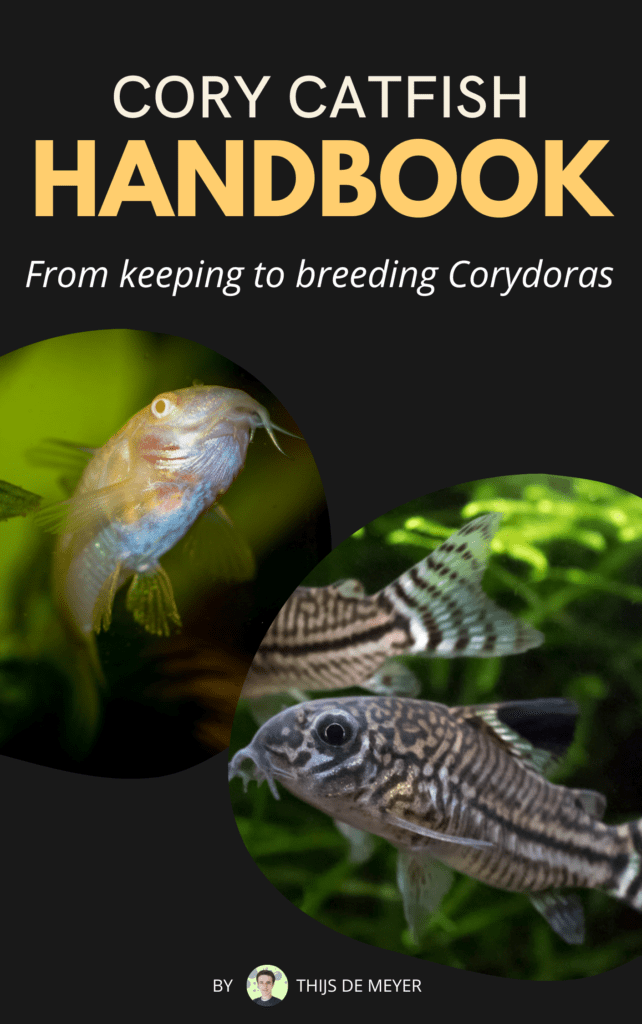Bristlenose plecos are unique fish with unique needs and preferences.
Often, these plecos get confused with other species, which causes them not to get the care they need.
Tank size is one of the most important parts of the overall well-being of your fish, and you should carefully consider setting up a tank for these fish.
The minimum tank size for a bristlenose pleco
The minimum tank size for a bristlenose pleco is 20 gallons. In this tank, you can house 1-2 adult fish. However, a minimum of 30 gallons is most suitable, and the bristlenose plecos will be healthier in a larger tank.
The minimum tank size does depend on a lot of factors, which we will discuss later in the article. This includes the number of plecos you want to keep, breeding purposes and tank mates.
Why tank size is important
Before thinking about adding a bristlenose pleco to your tank, it’s essential to understand what influence the tank size has on the health of your bushy nose pleco.
Conflicts and aggression
Although bristlenose plecos aren’t generally seen as aggressive fish, a tank that’s too small will almost certainly cause conflicts.
If you house multiple males in the same tank without adequate space and hiding places, males will compete for territory. This always causes a lot of stress, or in extreme cases, wounds and physical trauma.
If you only have one bristlenose pleco, but you house it with other fish, this pleco can try to scare off these fish as it doesn’t have the place it deserves. Especially other bottom dwellers like cory catfish or otocinclus can annoy the pleco.
Stunted growth
Although it’s only partially true that pleco grow up to the size of their tank, a smaller tank causes stunted growth.
When we compare wild-caught pleco catfish to tank-raised pleco catfish, we almost always see that wild-caught fish are much bigger.
This is even more apparent when looking at some extremely large pleco types. Although these often grow big in captivity, the largest specimens are always wild-caught.
The first months/years of a plecos life are crucial for its overall growth because it will grow the fastest in this period.
Water quality
Plecos are big polluters that poop a lot. It is not a problem to keep shrimp or small fish like dwarf cory catfish in a small tank, as they emit way less waste.
The biggest problem with small tanks is fluctuations in water parameters. If you have one or more plecos in a small tank, you will need both a strong filter and a lot of water changes to keep the water quality at desired levels.
As the tank doesn’t have a large buffer of filter medium and tank volume, these parameters fluctuate much more than in a big tank. Water temperatures will also change much faster.
Fluctuating water parameters not only cause stress, but they can also cause algae blooms.
Factors That Decide How Big A Tank Should Be
As we’ve seen, the minimum tank size for 1-2 bristlenose plecos is 20 gallons. This allows them to grow healthy and live long and happy lives.
Many factors decide how big a tank for these fish should be. Often, a 20 or 30-gallon tank will just not be enough.
Tank mates
How many, and what tank mates you will house your bristlenose plecos with has the most significant impact.
If you plan to make bristlenose plecos the main inhabitant of your tank and only add some small fish in the upper or middle water layer, you won’t need a huge tank.
On the other hand, if you have a tank that has a lot of other fish, your pleco won’t have enough room.
Make sure to include pieces of wood, live plants and pleco caves.
Related Read: Full Guide To Setting Up A Tank For Plecos
Group size / other bottom dwellers
This might seem obvious, but it’s still often forgotten.
As bristlenose plecos hang out in the bottom levels of the tank, other bottom dwellers and plecos take up space.
Fish like cory catfish, otocinclus and loaches aren’t aggressive but will still take up places where the pleco would otherwise roam freely.
The group size of the colony of bristlenose plecos is also important. Although plecos can live alone, many people prefer to keep them in small groups, which is also fine.
Each pleco needs a couple of hiding places and some room to retreat from other fish.
In a 30-gallon, you can house 3-4 bristlenose plecos. In a 40-gallon, you can already house a small colony of 4-7 plecos.
Filtration
Strong, high-quality filters are expensive. However, they are one of the keys to keeping these fish healthy.
Most seasoned fish keepers use canister filters, which are the strongest and don’t take up tank volume. I’ve used Eheim filters for years and they are certainly worth the investment in my opinion. (Click here to check on Amazon).
A well-filtered tank can house more plecos, as the water quality stays good even with the excess waste from the added fish.
Breeding setups
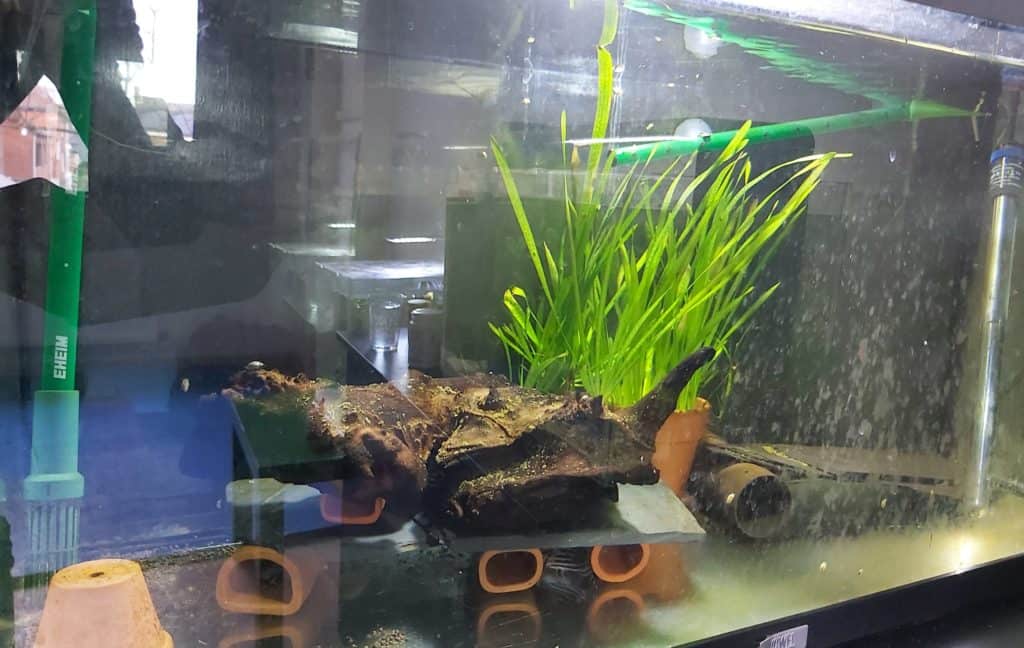
More plecos can be housed if you plan to set up a tank specifically for breeding purposes.
In a 30-gallon breeding tank, you can comfortably house a breeding group of 5-7 bristlenose plecos and a small group of middle-layer fish like tetras.
Breeding setups are simpler than other tanks, which makes them easier to clean. They often consist of a couple of pleco caves, some wood with either a thin layer of sand or no substrate.
Related read: Breeding Bristlenose Plecos (Full Guide)
Tank shape
Plecos hang out in the bottom layer of the tank. Thus, they prefer long and wide tanks over tall tanks. The bigger the surface level, the more room your plecos catfish will have.
Many tanks are available in ‘long’ and ‘tall’ formats.
Can a tank be too big for a bristlenose pleco?
As a general rule, a bigger tank is always better.
However, your pleco might not find food if the tank is extremely large. Make sure to feed enough spread out over the tank.
Or if you house big predatory fish in this tank, they could get eaten by these fish.
Lastly, if you’d ever want to catch out the pleco, this will be a hard job…

